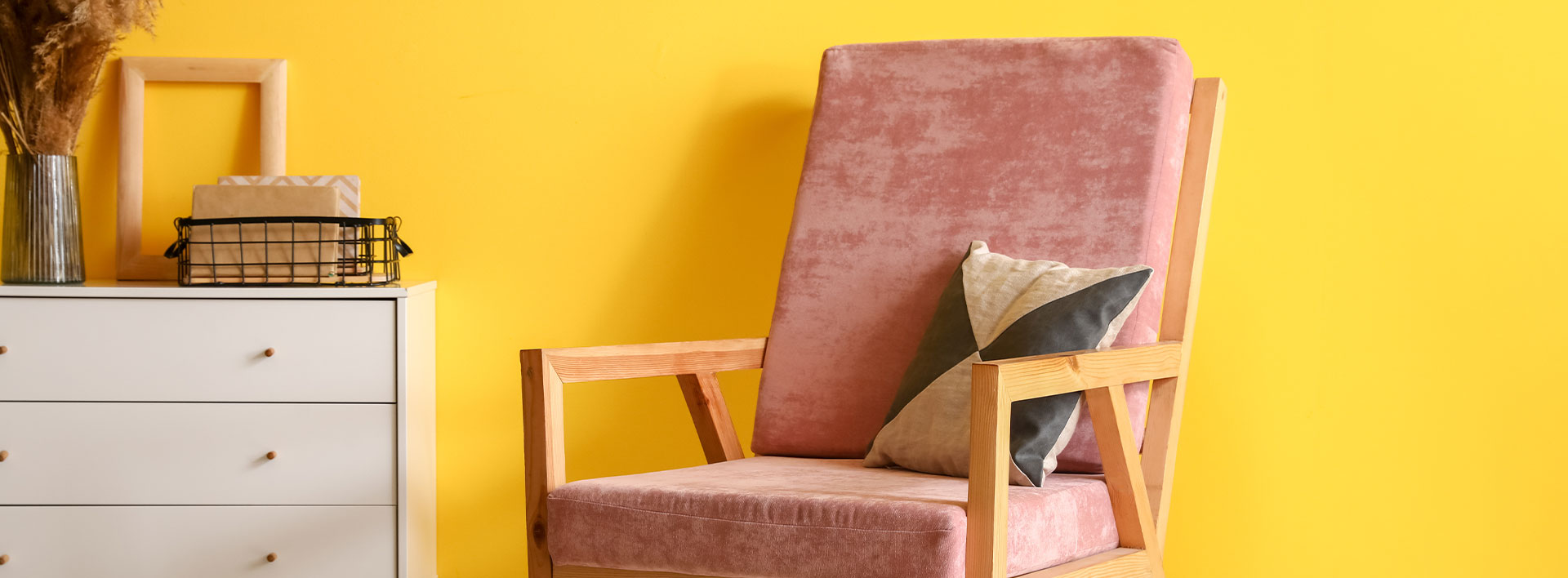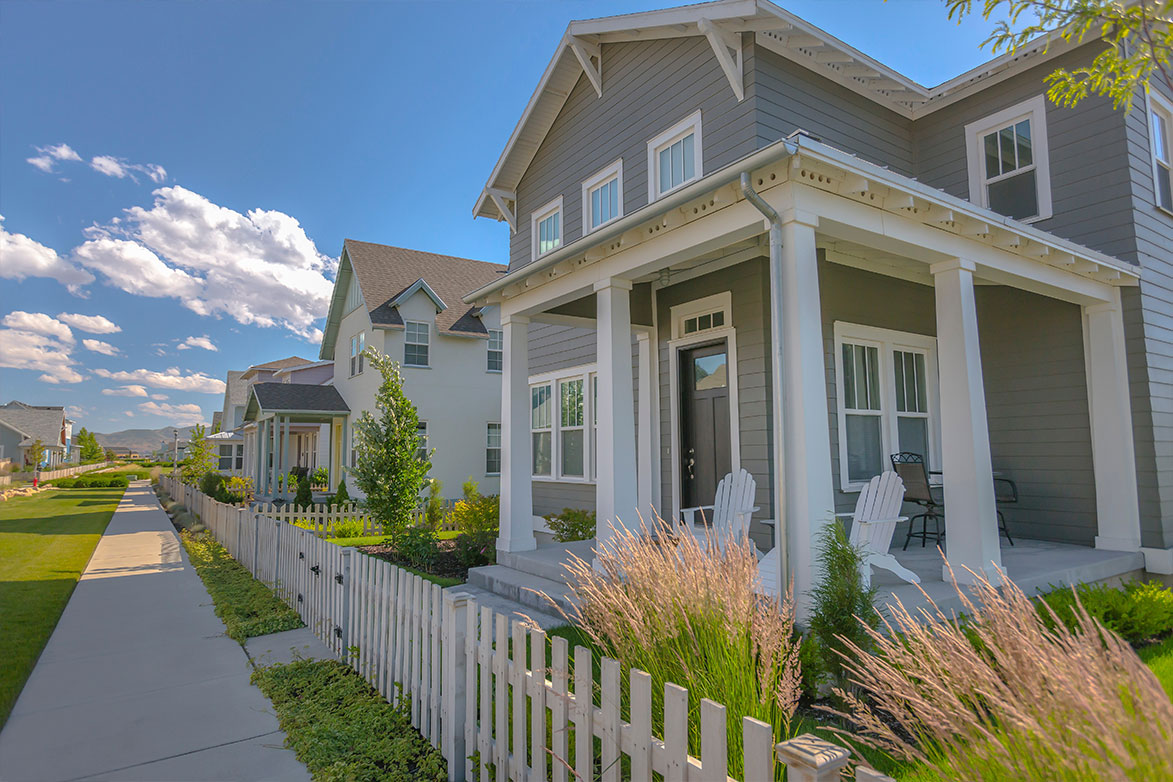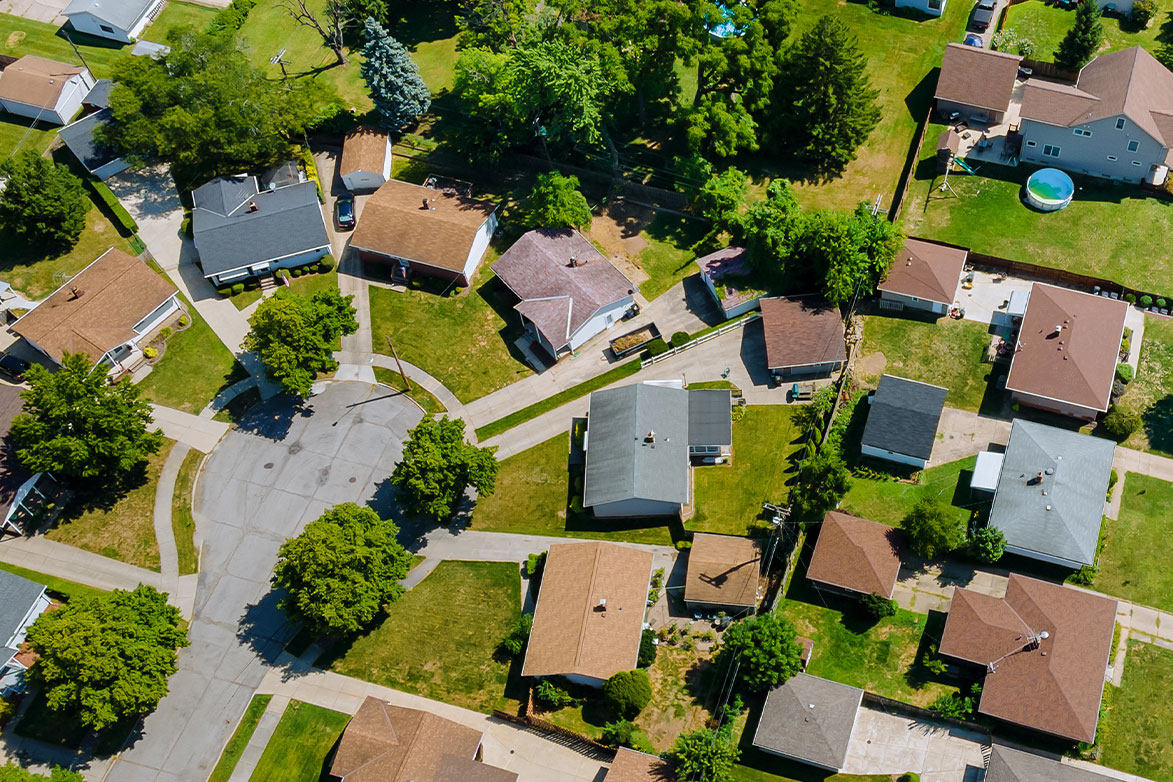
How to Find the Best Home Insurance Policy
A good insurance policy is crucial to protecting your home, belongings, and family. Many insurance policy options are available to suit your lifestyle and needs, which can change based on the type of property you want to insure – whether it be a house, condo, or other property such as a cottage or vacation home.
Table of contents
Types of Home Insurance
A homeowner and their family will have different insurance requirements based on the type of property they want to insure. That is why it is important to know what unique assets you need to protect. Generally, there are two types of coverage to be aware of that are included in basic policies:
-
Personal property coverage: protects your home, personal possessions, and vehicle against damage, loss, or theft. This is important in the case of flooding, fire, crime, and other mishaps.
-
Liability coverage: protects you and your household from damage caused to someone else’s property (for example, if you have a house fire that also spreads to your neighbor’s home), or injury that occurs on your property (for example, a visitor slips on the ice in your driveway and is seriously hurt).
The type of insurance you’ll need also factors in the type of property based on different living situations. Single-family detached homes, condominiums, and cottages or rental properties all have different coverage requirements:
-
Home insurance: insurance for your primary residence generally includes extensive personal property and liability coverage. This is to protect the house, your belongings, and members of your household. In the event that your home becomes uninhabitable, some policies will cover the cost of living elsewhere until your home is livable again.
-
Condo insurance: because condominiums include multiple units with multiple residents living in the same building, the risks from an insurance perspective are different than a detached home. Your policy will be unique based on the number of units in your condo building and other factors. Condo insurance still includes personal property and liability coverage, but there is additional coverage for things like damage to the structure of your unit, storage locker, and damage that can affect neighboring units or common areas from fire, flood, and other accidents.
-
Seasonal home insurance: if you have a cottage, vacation home or secondary home that you use for only part of the year, you’ll need seasonal home insurance. This type of insurance protects not only the house itself, but any outdoor structures and valuables that you have on the property. This could include boats, outdoor vehicles (ATV’s, snowmobiles, jet skis, etc.), bikes, hot tubs, sheds and more. Because you’re away from the property for extended periods of time, this type of insurance accounts for the type of damage or theft that can occur when the property owner is not on site regularly. It also accounts for the risks associated with the location of your property – a remote cabin in the woods may be susceptible to damage by wildlife or a waterfront property to overland flooding. Liability insurance is also essential for the many guests you may have staying at the property.
-
Investment property and landlord insurance: if you own an investment property you do not live in as your primary residence, you’ll need a specific policy to provide you with coverage. Landlord insurance protects you from the financial loss that can occur when renting your property to other people. It often includes coverage for the interior and exterior of the property, any belongings you have on-site, personal liability protection, and loss of income protection. There are insurance options for both long-term and short-term rentals. If you are offering long-term rentals, it can be a good idea to require your tenants to have their own tenant insurance policy as part of their rental agreement with you. Although this is not required, it can help protect you if a tenant damages your property. If you offer short-term rentals (Airbnb, Vrbo, etc.) of your property, there are also unique policies to protect you. Similarly, if you rent out a room or the basement of your primary residence, make sure you understand what your home insurance policy covers (or does not cover). You may need extra coverage for additional residents saying in your home, even in the short-term.

Finding the Right Policy
Since there are many different living situations, there are a variety of insurance policies offered by insurance brokers and financial institutions. It is important to find one that is tailored to your home’s needs.
A comprehensive insurance policy provides extensive coverage, protecting your home and everything in it except exclusions. An exclusion is anything you and your insurance provider decide to not include coverage for. This will be recorded in the policy.
A standard insurance policy only provides coverage for risks and items that are named in the policy. With a standard policy, it is important to make sure all possible risks (fire, flooding, theft) are named, and to update the policy when new assets or valuables are added to your home.
A broad insurance policy is a hybrid of the two mentioned above, covering all risks to the home itself, except what is named as an exclusion. But to protect the contents within the home, risks like fire or flood damage must be named on the policy.
Your policy will likely need to be updated as time goes on. Make sure to speak with your insurance provider before beginning any renovations or new installations, operating a business from home, finding a roommate, or acquiring valuable possessions. You should also update your policy based on life changes – for example, if you get married, have a child, or experience a death, this can affect your coverage. Any significant change to your property, lifestyle, or living arrangements can change your home insurance needs.

How to Decide What You Need in an Insurance Policy
Your home’s location, age, and features will determine what kind of coverage you need. The more risk and need for protection involved, the higher the insurance cost.
There are some common factors that play into home insurance in Alberta — the first one being the weather. Alberta is infamous for its chinooks, hailstorms, flooding, and cold winters. It is essential to have protection against natural disasters in your policy. Additionally, you should be familiar with what your insurance policy considers preventable damage. For example, if you and your family were to leave your home for vacation during the winter season and your pipes freeze and burst, your policy may not cover the cost to fix it.
Secondly, your home's location can determine your insurance needs and costs. Insurance rates may be higher in areas close to bodies of water due to the increased risk of flooding. In any location where flooding is common, it may be wise or even mandatory to have a backwater valve for your home. Installing protective features like backwater valves and security systems, and upgrading plumbing and electrical systems can decrease the cost of your home insurance.
In the case of a fire, your location is crucial. Urban homes have easier access to fire hydrants and emergency services. Being close to a fire hydrant or fire station can reduce your insurance costs. Since fires can cause substantial damage so quickly, homeowners in rural areas will often see an increase in insurance costs because of this.
Lastly, the features of your home may increase your need for insurance and the costs associated with protecting your home. For example, features like a swimming pool increase liability and require additional coverage. To combat this, you may have to install a fence, warning signs, or a mesh pool covering to meet insurance requirements.
A fireplace or wood stove in the home increases the chances of damage from flames or smoke. Make sure fireplaces are up to code and that you keep an extinguisher nearby, as this reduces risk and insurance costs.
Typically, the newer your home is, the more up to code it will be and the lesser the risk for damage due to regular wear-and-tear. This is especially true for roofs and piping, which become faulty and leak overtime, or electrical wiring that can short-circuit in older homes. Updating your home can make you eligible for insurance rebates and discounts. Be sure to inform your insurance provider of any renovations or improvements that make your home safer or more up-to-date, as this can reduce your premiums.
For most people, your home is your greatest asset, and protecting it and yourself is essential. To choose the right home insurance option for you and your family, reach out to an advisor who can help you find the best coverage option for your needs.
Book an Appointment
Related Articles

5 Hidden Homebuying Costs

Mortgage Checklist

How To Buy Your First Home In Alberta

5 Hidden Homebuying Costs

Mortgage Checklist


 Search
Search







 Help
Help

